know to be a potent antibacterial and anti-fungal. It is effective against Streptococcus, Staphylococcus, and Tuberculosis. Indigenous people from around the world have used Usnea for thousands of years to treat a variety of medical conditions. Native Americans have used it in compresses for wound care to prevent infections and gangrene. In addition to compresses, it can be consumed as a dry powder capsule, tincture, tea, or used topically as a medicinal cream.
As always, do your own research before using plant medicine. Specially if your are pregnant or nursing. Along with the benefits, there are side effects and dangers as well.
0 Comments
Henbit and dead nettle are not the same plant. However, they are both edible and medicinal. All parts of both plants that grow above the dirt can be eaten raw or cooked, making them both great options to add to soups or salads. With groceries being super expensive these days, anything that can be used to bulk up a dish for free is wonderful. Especially if it's growing in you yard or along the sidewalk near your home. Just head out the door and pick what's needed when you need it. In addition to being free groceries, both are nutritious and high in iron, vitamins, and fiber. In all the excitement of free and healthy groceries, don't forget the medicinal benefits.
Henbit has been used for hundreds of years to treat fevers and body aches. Pour boiling water in a cup over a few tablespoons, or small handful, of the henbit stems, leaves, and flowers. Cover and let steep for 15 minutes. Dead nettle can be chewed up and them put on the affected area of a bug bite or sting as it has anti-inflammatory and antihistamine properties. Some even use it as a tincture or tea to treat allergies. These herbal plants are another fine example of plants one can grow in their backyard farmacy as nutritional and medicinal plants. But they're only around in the spring. If you want to use them year round, they can be easily dried and saved for later. I like to put them in my dehydrator at 110 degrees F for about 6 hours. Not many of us here in the United States have a Sysygium aromaticum tree growing in our backyard. However, we eat and cook with its unopened, dried flower buds quite often. Especially this time of year as an ingredient in the signature flavor of fall, pumpkin pie spice, that’s in everything! Those buds we know as cloves. These tropical evergreen trees are native to the Malaku Islands in Indonesia. Cloves, whole or ground, are also used to flavor meats, curries, chai, mulled wine, and cider.
Along with pumpkin pie spice, ragweed is another sign of fall approaching. For many this means allergies and sinus congestion. Congestion can cause toothaches for some people. No worries, pull out the cloves! As with a lot of the foods and spices we have in our pantry, cloves have several medicinal uses. Clove oil is even used in dentistry to treat pain. It contains the chemical eugenol, an anesthetic and antibacterial agent, which helps to numb and reduce the pain of a toothache. Here are a few simple methods. One is to put a few cloves in your mouth and moisten them with your saliva. To release more of its power, crush it with your non-painful molars before holding it against the aching tooth for about thirty minutes. Spit out and repeat the process once more if needed. Your tongue will definitely become numb if used to move the cloves around in your mouth. You can use ground cloves as well by adding some to ¼ teaspoon of olive oil to make a paste. Then apply with a cotton swab or your clean finger. A cup of clove tea is another alternative. If you have several weeks, you can crush and soak cloves in olive oil to make a clove oil you can easily apply with a cotton swab when needed. Remember to strain out the clove pieces before storing. There are some possible side effects to using clove oil. If applied directly in your mouth or on your skin, it’s possible one could experience skin or gum irritations, damage, or a burning sensation. The presence of eugenol can be harmful for people suffering from blood disorders. It is NOT for INFANTS or YOUNG CHILDREN. Clove oil should not be ingested as high amounts can lead to seizures and liver injury. As always, do your own research and consult a physician if you have questions or concerns about using this or any other treatments. This is intended to be informational only and not medical advice. I know I’ve been blessed with a teachable moment when I tell someone of the incredible nutritional value of lamb’s quarters and they immediately say, “The fuzzy light green plant?” My response is usually, “No, that’s the pretty plant, lamb’s ear, you see in landscaping, flower, and pollinator gardens. Lamb’s quarter is considered an invasive weed by many who are looking to have a manicured, weed-free lawn. Though one is considered a desirable garden plant and the other an obnoxious weed, both have nutritional and medicinal benefits. Lamb’s ear has an added benefit when there’s a panic-run on toilet paper. You guessed it. Those fuzzy soft leaves are great for wiping. Even better if you have hemorrhoids. In fact, lamb’s ear was widely used during the Civil War to dress and treat wounds due to its powerful astringent and antiseptic properties. Lamb’s ear is antibacterial and anti-inflammatory. You can make a bandage out of the soft fuzzy leaves. Just pick and apply to knuckle scrapes and cuts received while working in the garden. They can also be applied to larger bleeding wounds. Hold it on for short-term relief or use something like Co-Flex self-adhesive wrap for longer applications. Whatever you have around to attach it securely, but not tight enough to cut off circulation. It’s like applying a bandage with Neosporin. If you get an insect sting, wad up a leaf in your hand and crush it a little to release the juices, then unwad and apply to the sting. Lamb’s ear has many uses as an oil, ointment, tea, tincture, or poultice. The best way to preserve it for use throughout the winter is to dry the leaves. Many know of the medical benefits of lamb’s ear. Not as many that its leaves can be eaten as a young green sliced and added to a salad. The leaves can also be cooked like any other greens or fried in a batter like fish. Haven’t tried it, but the battered leaves sound appetizing. Let’s get back to the lamb’s quarter which started this discussion. Like I said earlier, many consider it an invasive weed. After planting some in the garden next to my house I totally understand this now. Wow! It took over that area of the garden. So much so that a neighbor friend mentioned to another friend how she wanted to pull the weeds out of my gardens while I was away. (We are currently double nesting in Texas and the Appalachian Mountains.) Luckily the other friend knew there were highly valued weeds in my gardens and said I might not appreciate that. Very sweet gesture, but I’m thankful for the intervention to save the lamb’s quarter. I had been working on getting it to grow in a large container to control its spread when I spotted bags of harvested lamb’s quarter leaves for sale at the local farmers market as the valued nutritional green that it is. Maybe my invasive weed has just turned into a new cash crop. Lamb’s quarter does have medical uses for gastrointestinal tract disorders like diarrhea, stomachache, internal inflammation, and loss of appetite. Some also use it as a poultice to alleviate achy or swollen joints. After boiling dried leaves for tea or a poultice, the water can be used like mouthwash for toothaches. Use caution with the seeds as they contain a soap-like substance called Saponin. It’s okay to consume in small amounts. Lamb’s quarter is best known for being loaded with nutrients . . .full of vitamin A and C. High in fiber and containing manganese, calcium, copper, traces of iron, and lots of omega-3 and omega-6 fatty acids. The leaves, flowers, stems, and seeds can all be used raw or cooked. Sautee it with onions and garlic as a great side dish and substitute for spinach, especially if you are looking for a slightly milder flavor than spinach. I enjoy making a salad out of this and dandelion greens growing in my yard. Both have mild flavors and go well together. I just go out and pick what I need, saving money on the expensive salad greens in my fridge that usually rot and end up in the compost bin. Lamb’s quarter is a part of the Amaranth Family like beets, chard, quinoa, and spinach. If you have a sensitive stomach, you might want to cook it first to reduce the oxalic acid that could cause stomach discomfort. Lamb’s quarters can be preserved in a variety of ways. You can freeze, dry, or even make it into a pesto. If you have large quantities growing in your yard like I do, it can be canned in a pressure canner like you would any other greens. I would love to hear about any recipe you would like to share using either of these plants. Until next time, God bless and happy gardening. Important Disclaimer: This content is informational only and not prescriptive. When dealing with health issues, be sure to do your own research and consult with the appropriate health professional for guidance. These statements have not been evaluated by the FDA. It is information based on my personal research and studies. "Suffering one, storm-tossed, uncomforted, look, I am setting your gemstones in silvery metal and your foundations with sapphires." Isaiah 54:11
"Sing praises . . . For his anger lasts only a moment, but his favor lasts a lifetime; weeping may stay for the night, but rejoicing comes in the morning." Psalms 30:4-5
photo (c) amattingly |
A Mattingly
Artist, Writer, Holistic Living Guide Important Disclaimer: Any content discussing medicinal uses of plants, herbs, or food as medicine is informational only and not prescriptive. When dealing with health issues, be sure to do your own research and consult with the appropriate health professional for guidance. These statements have not been evaluated by the FDA. It is information based on my personal research and studies.
Categories
All
Archives
September 2023
|
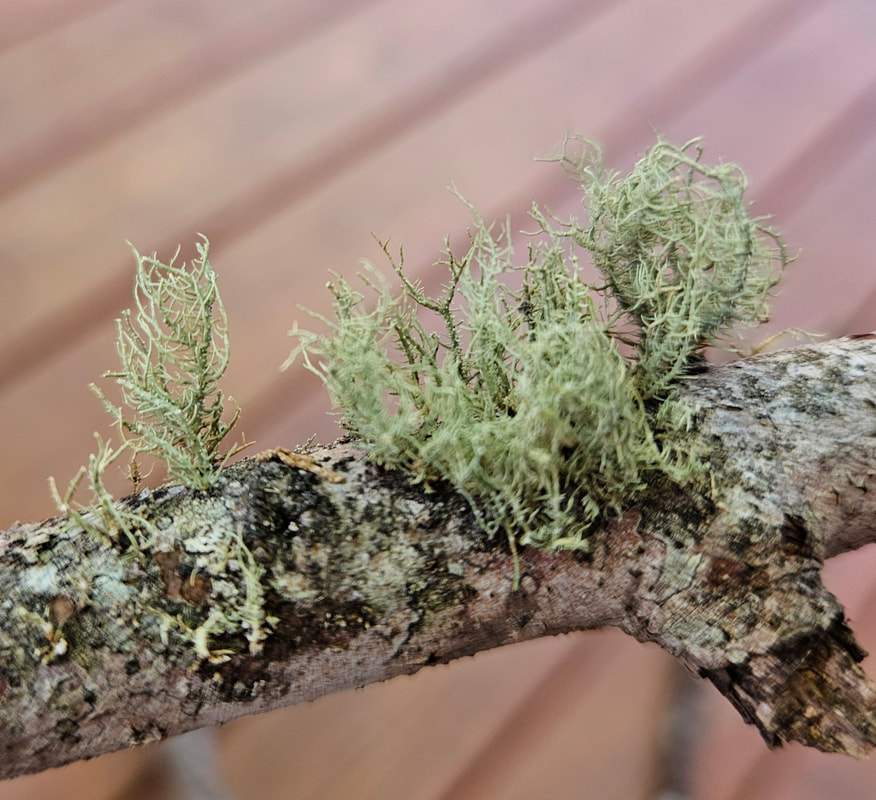
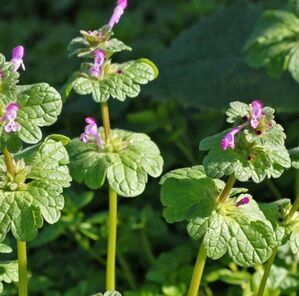
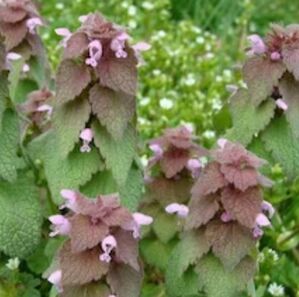
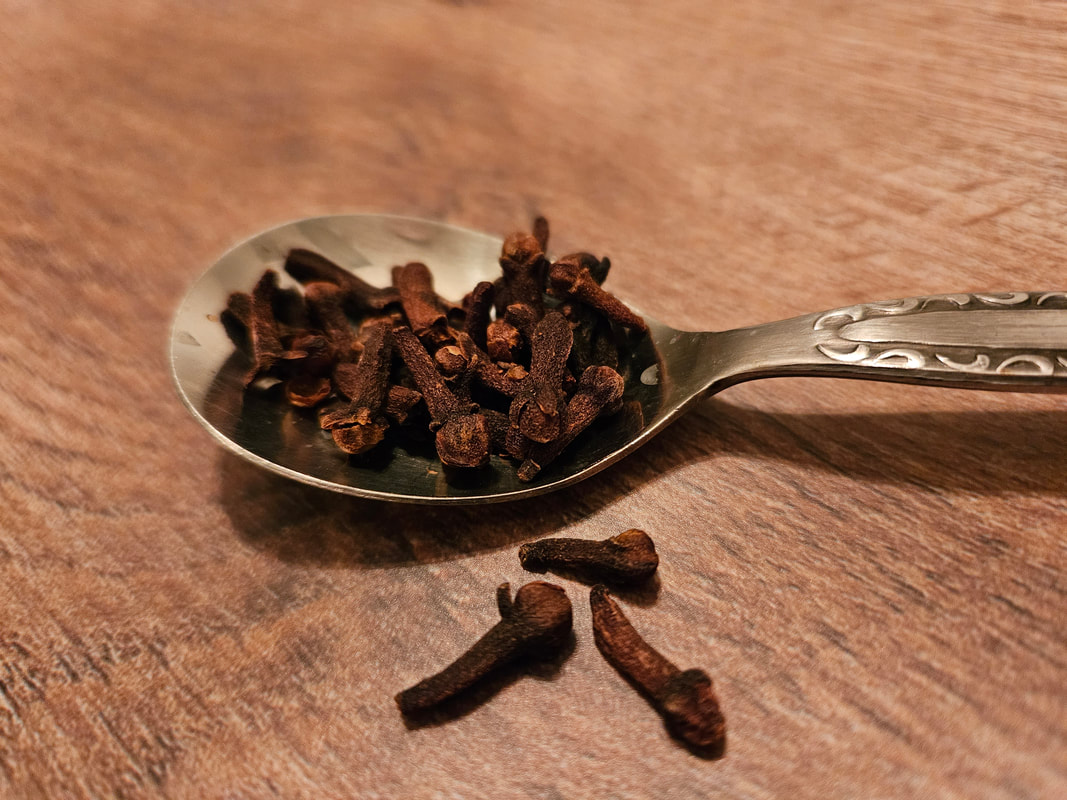
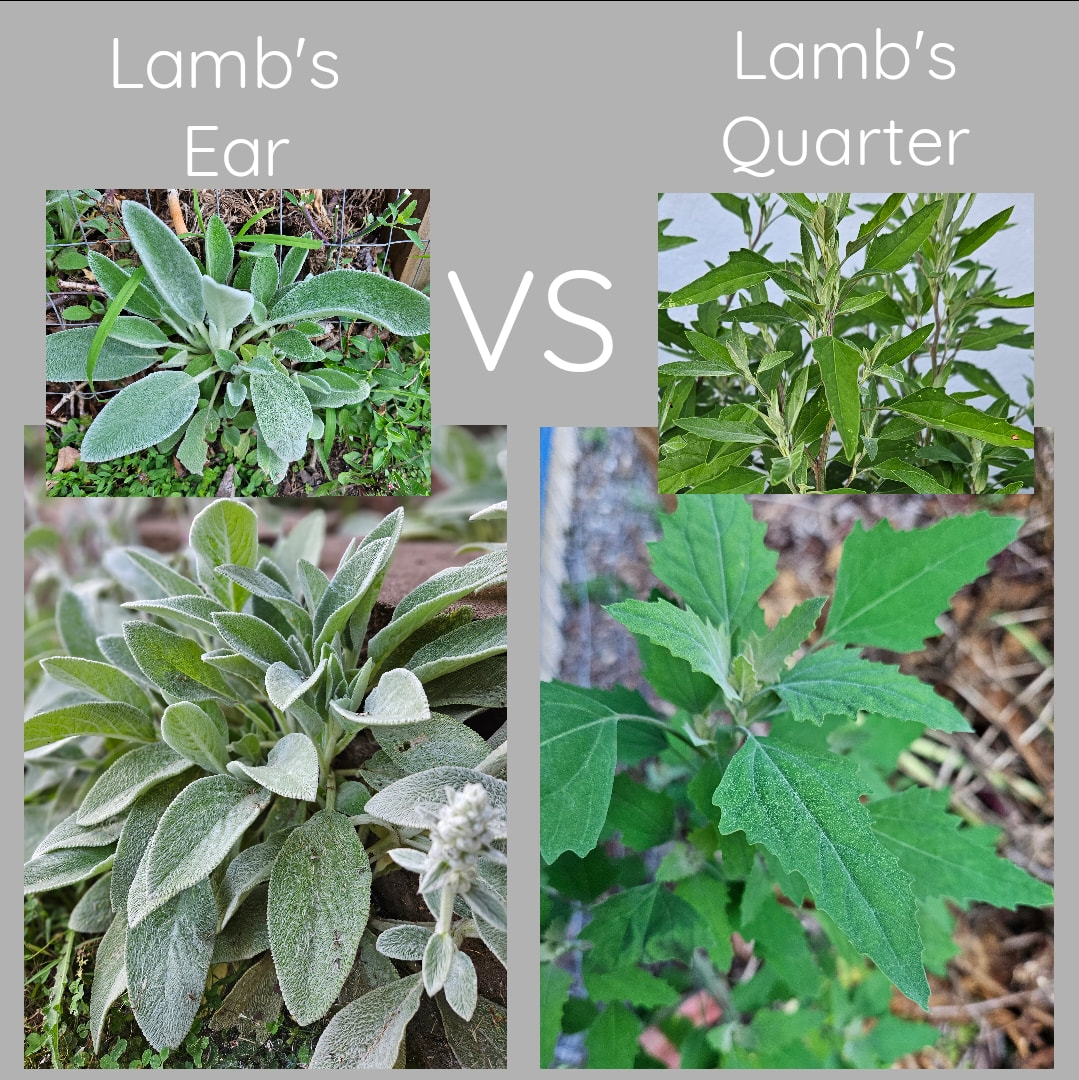

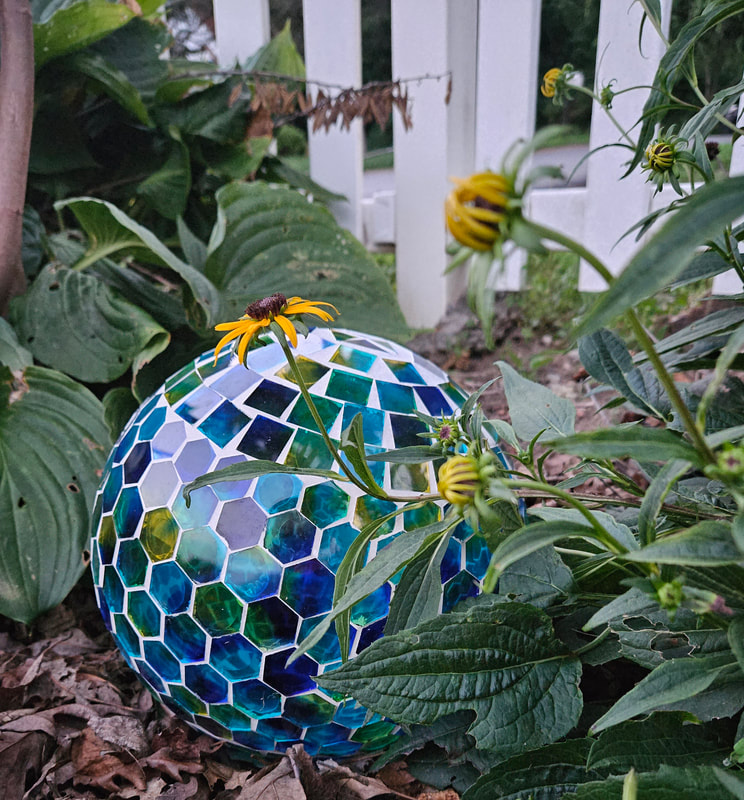

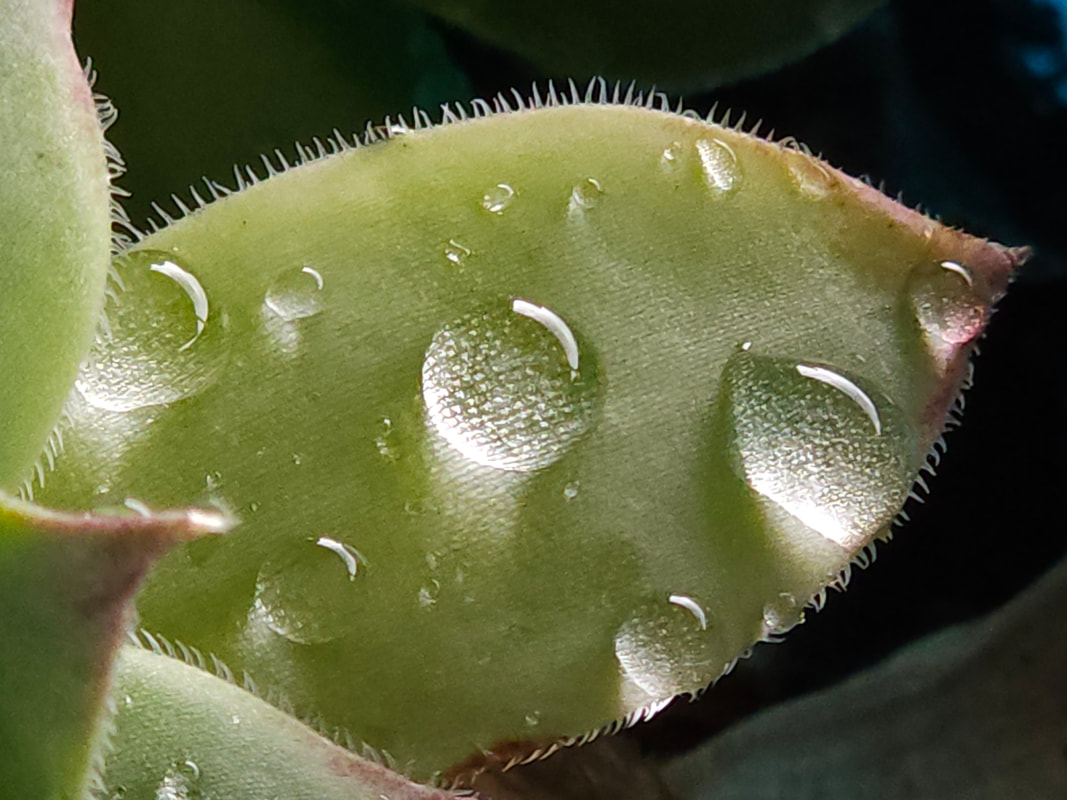

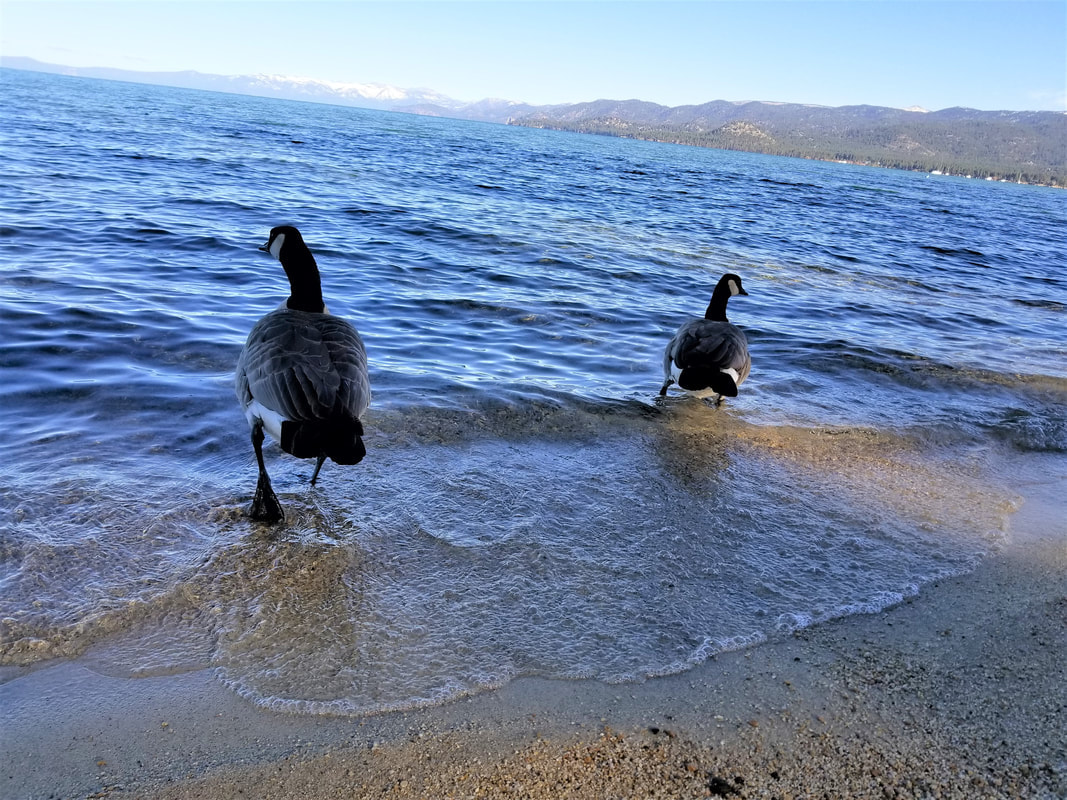

 RSS Feed
RSS Feed